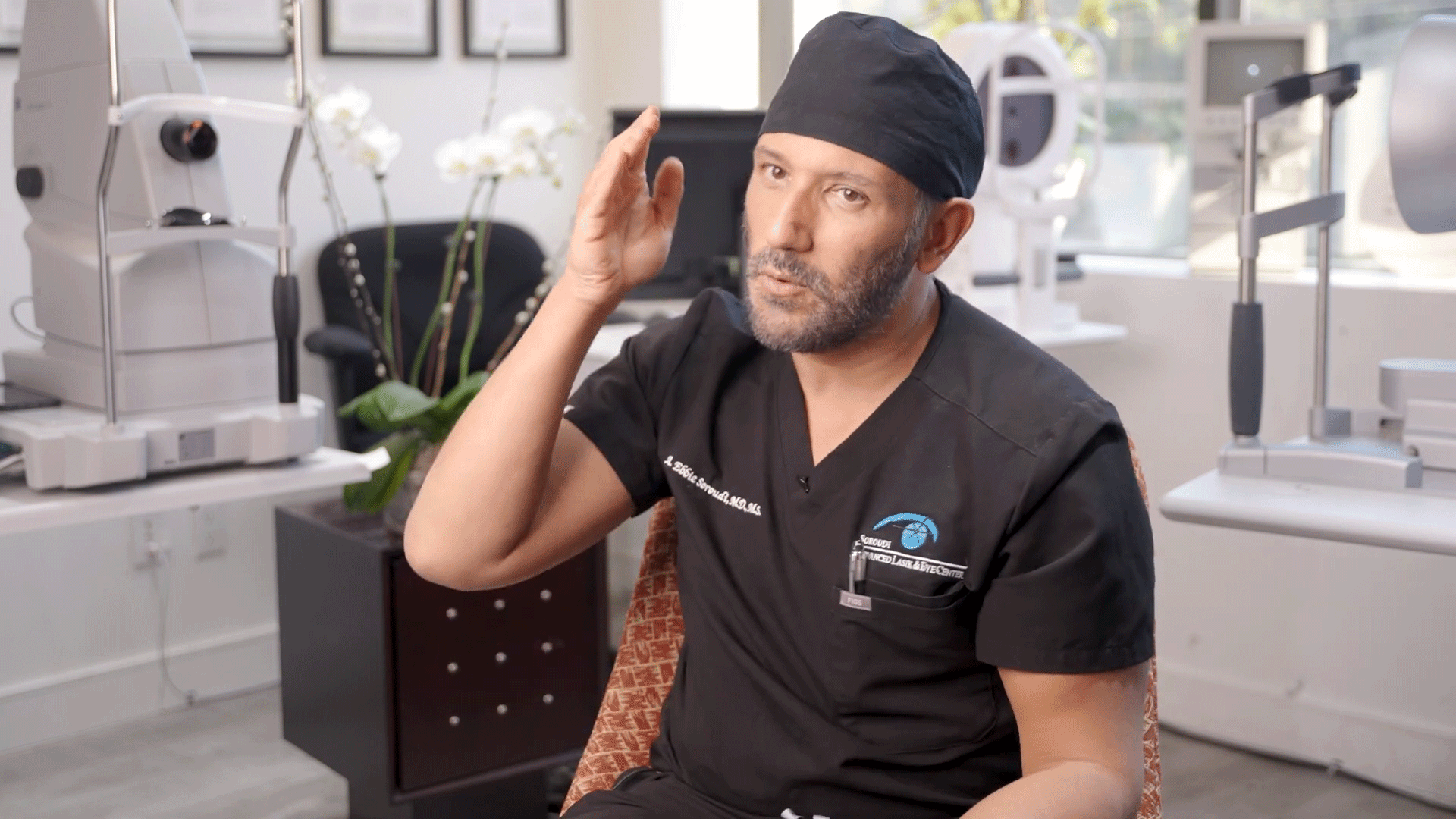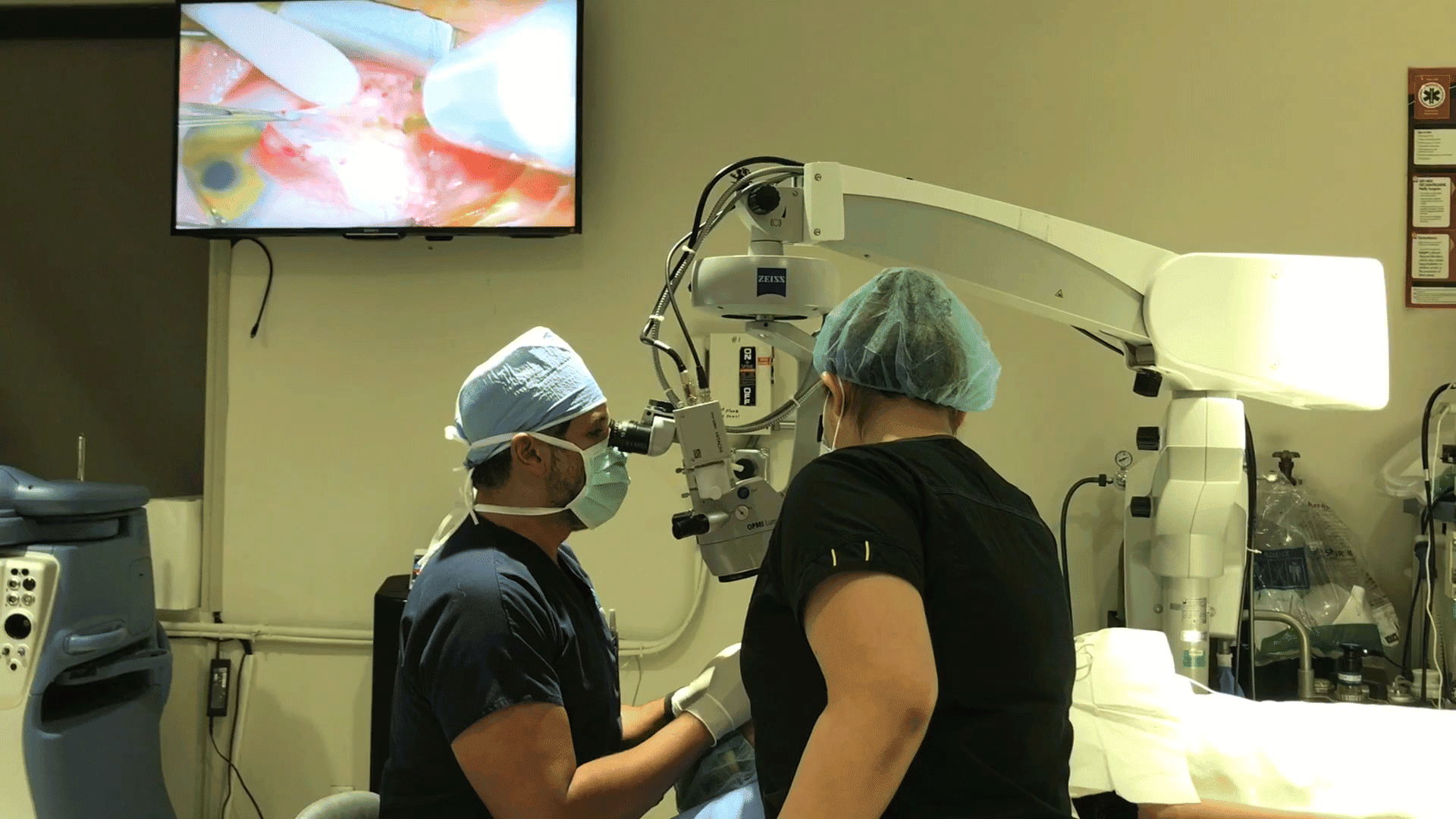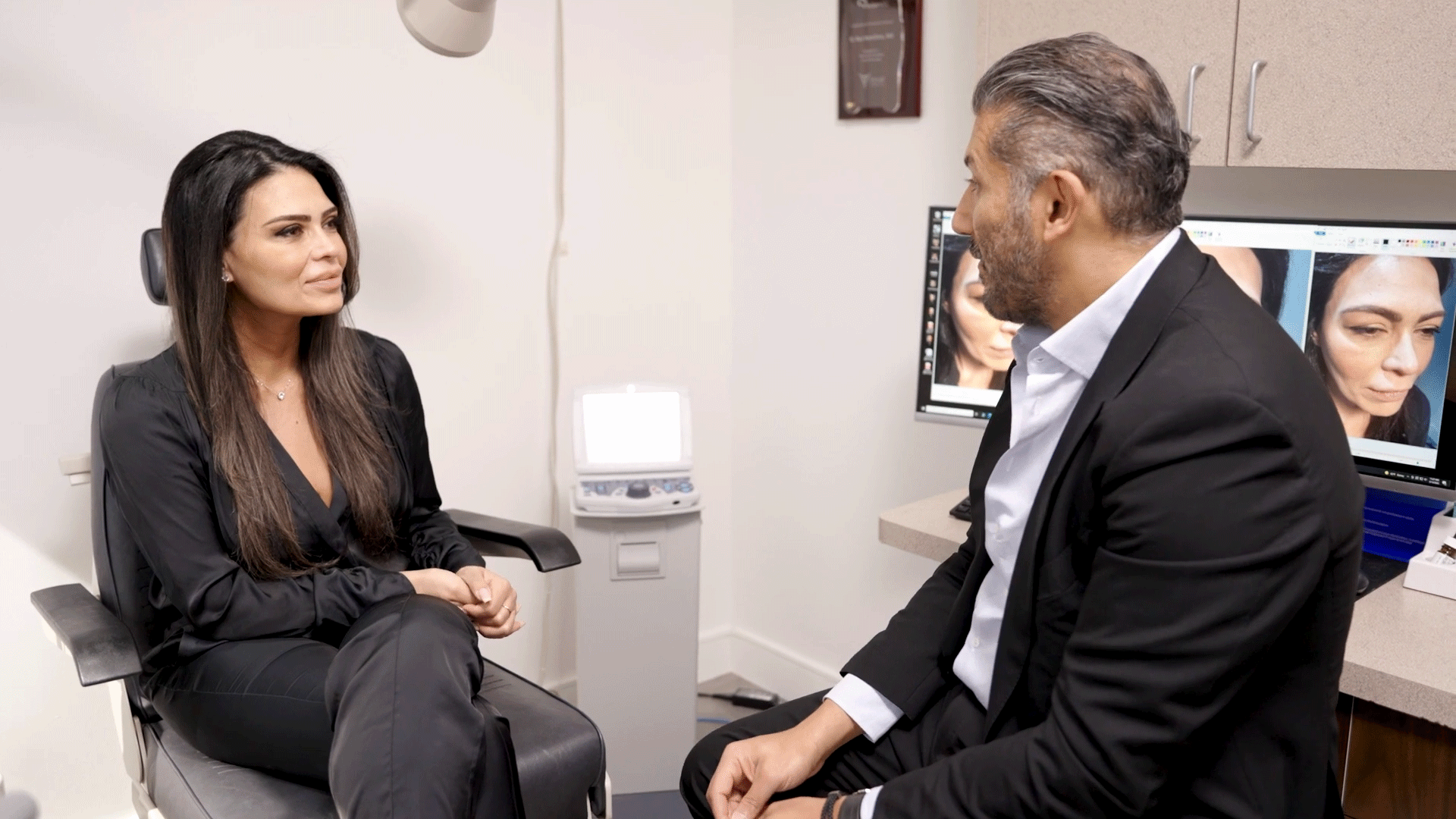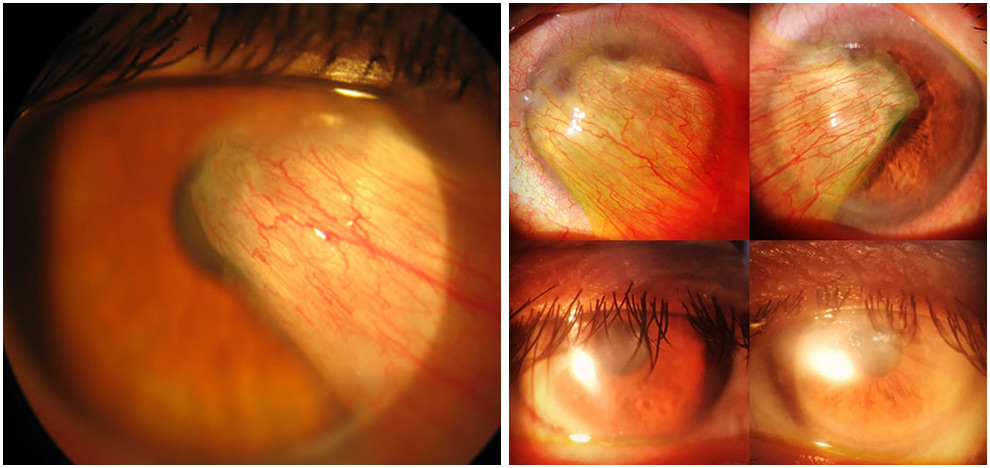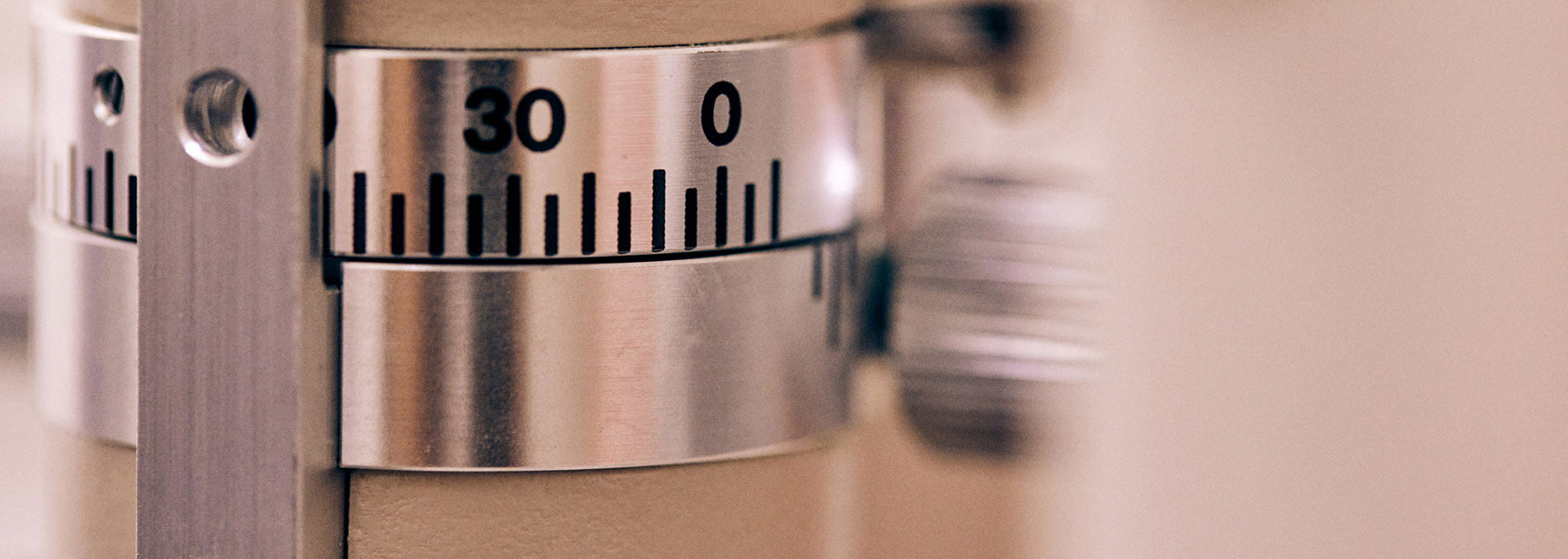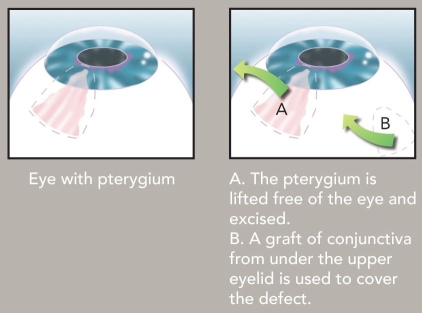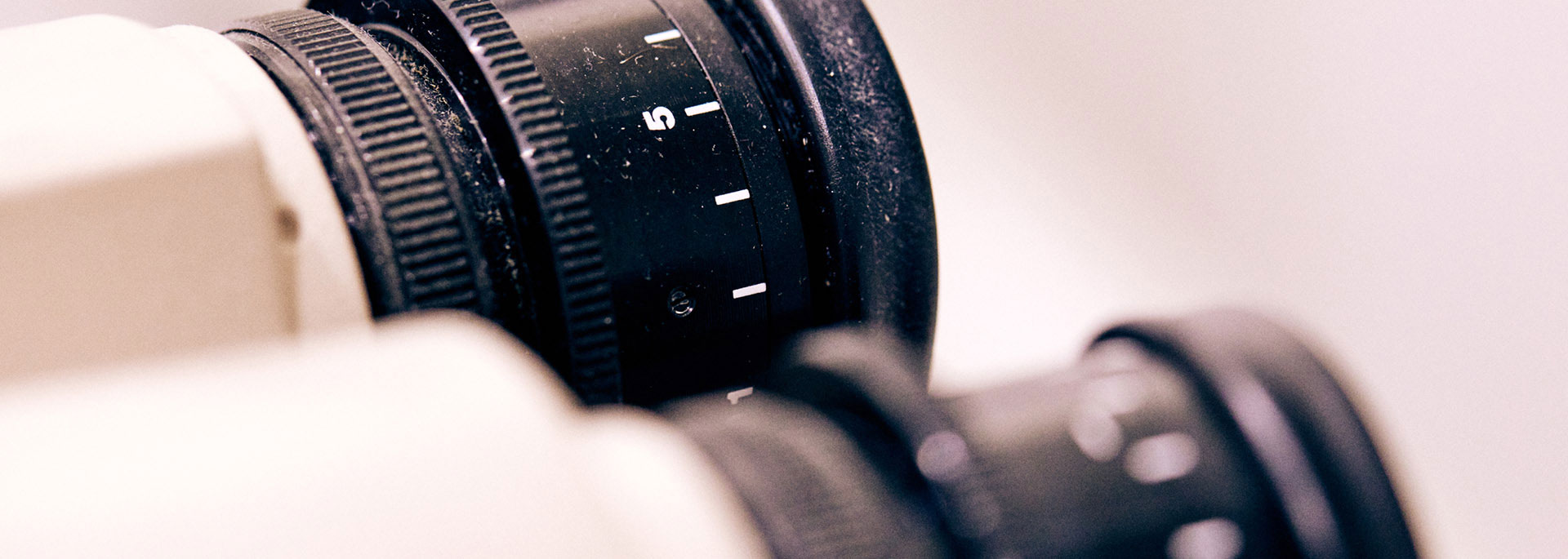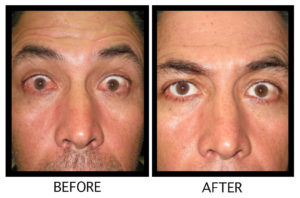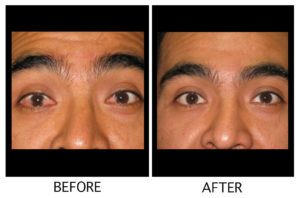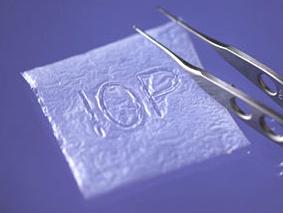Dr. Soroudi has developed a groundbreaking pterygium surgical technique performed without sutures or surgical scissors.
3 Convenient Locations to Serve You
Beverly Hills
Glendale
Newport Beach
Options for grafting
The graft is usually taken from the top part of the eye, which is covered by the eyelid. Alternatively, a processed amniotic membrane graft can be used, reducing post-operative discomfort. There are pros and cons related to the use of amniotic membrane grafts. This approach may not be the best choice for every patient, and you should discuss your options with Dr. Soroudi, so you understand the best option for you.



